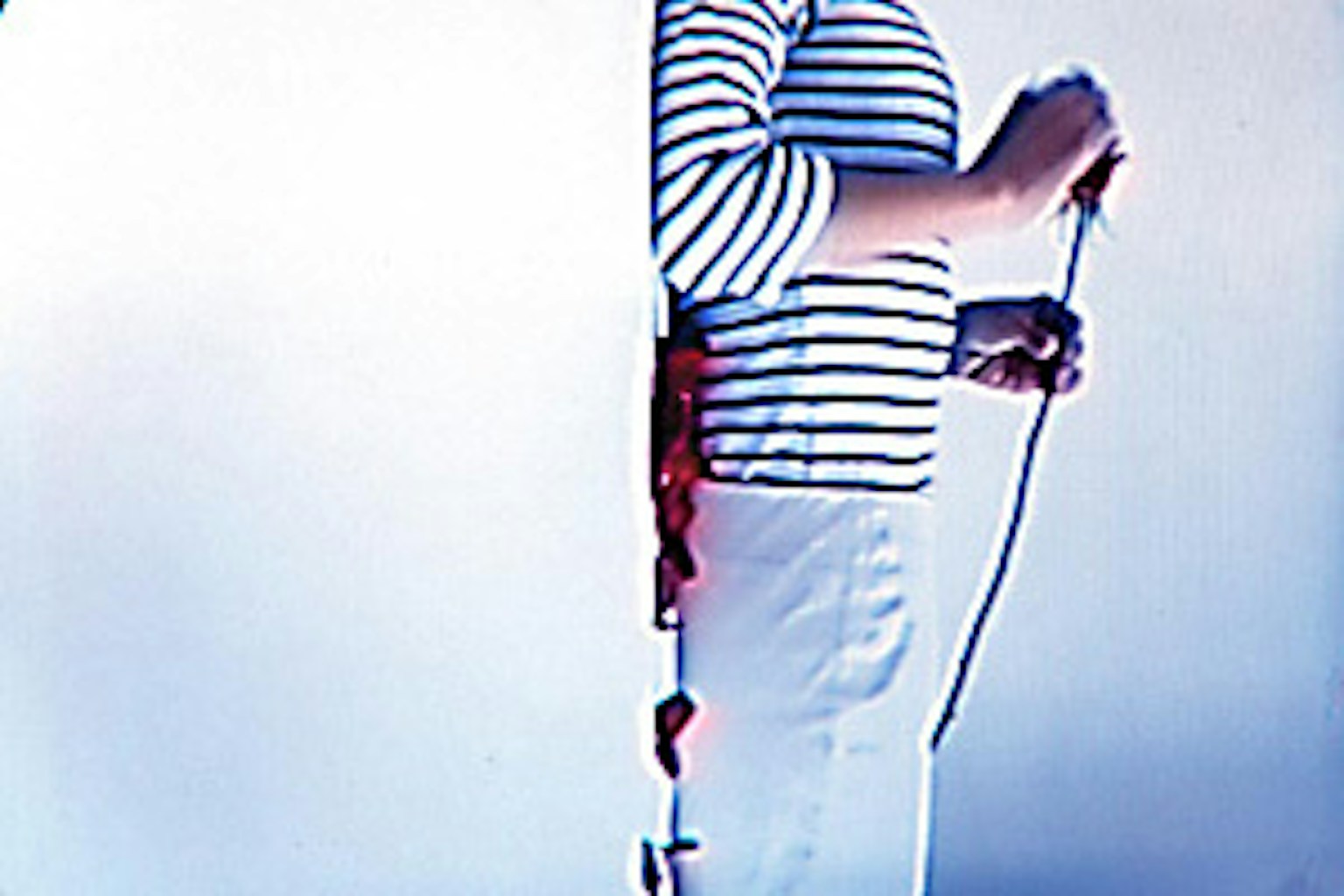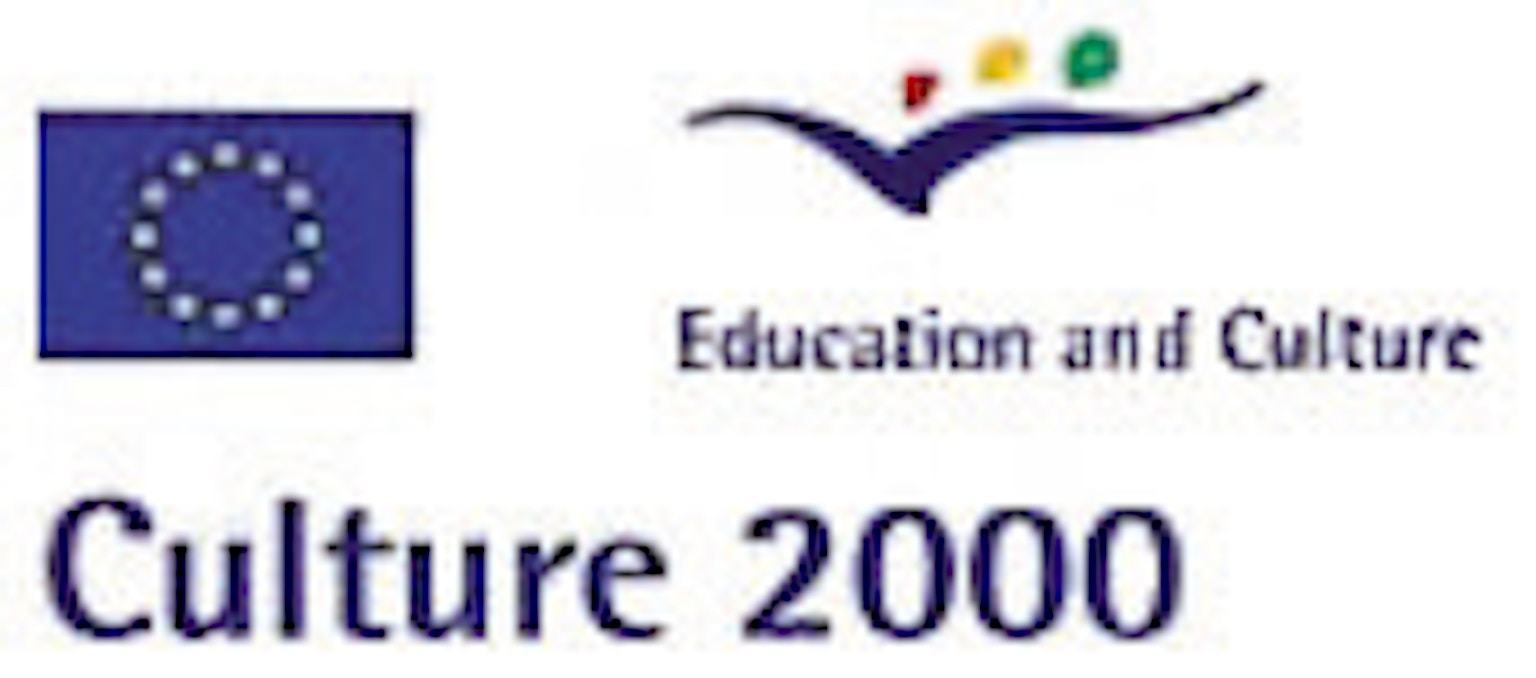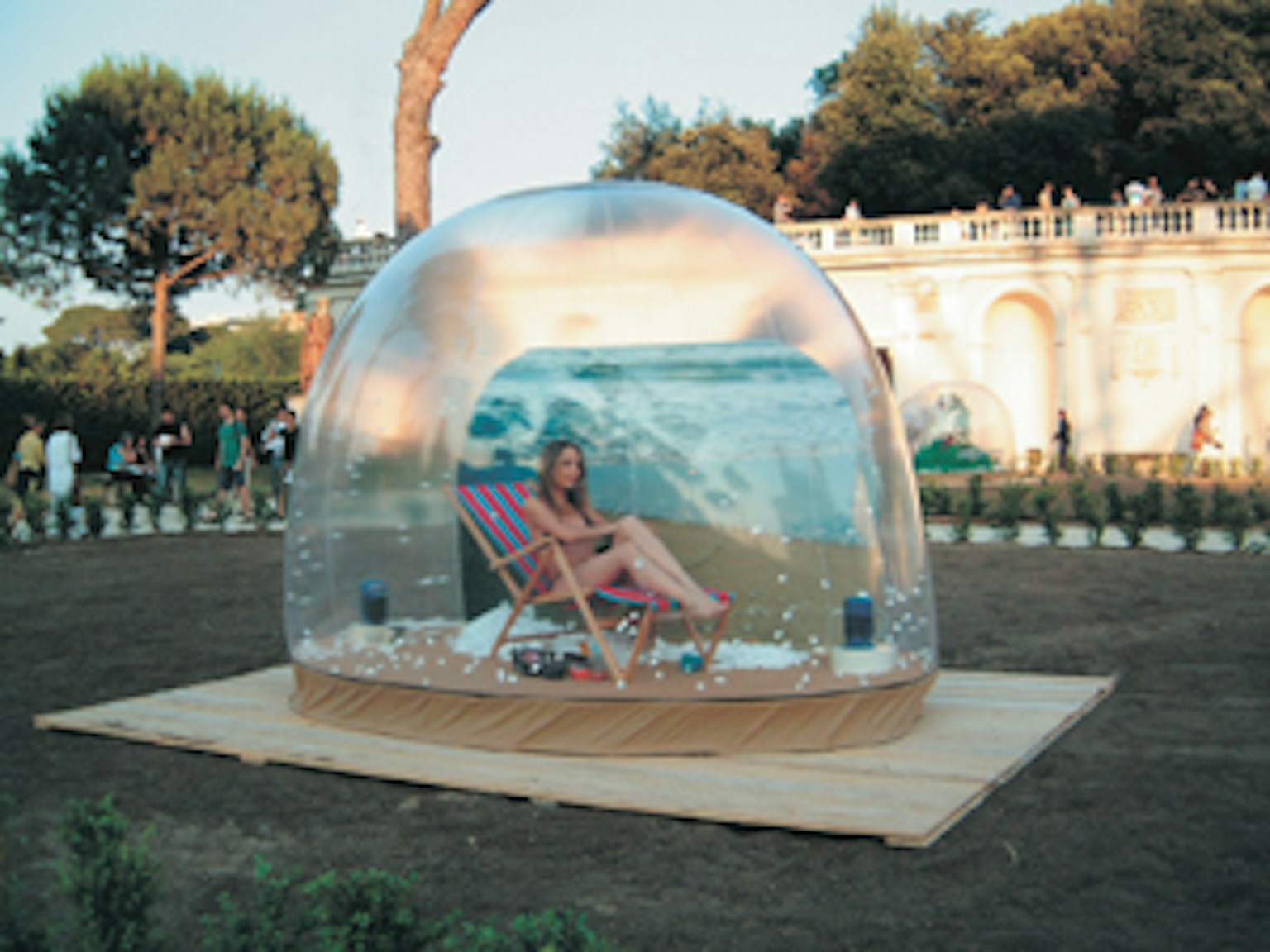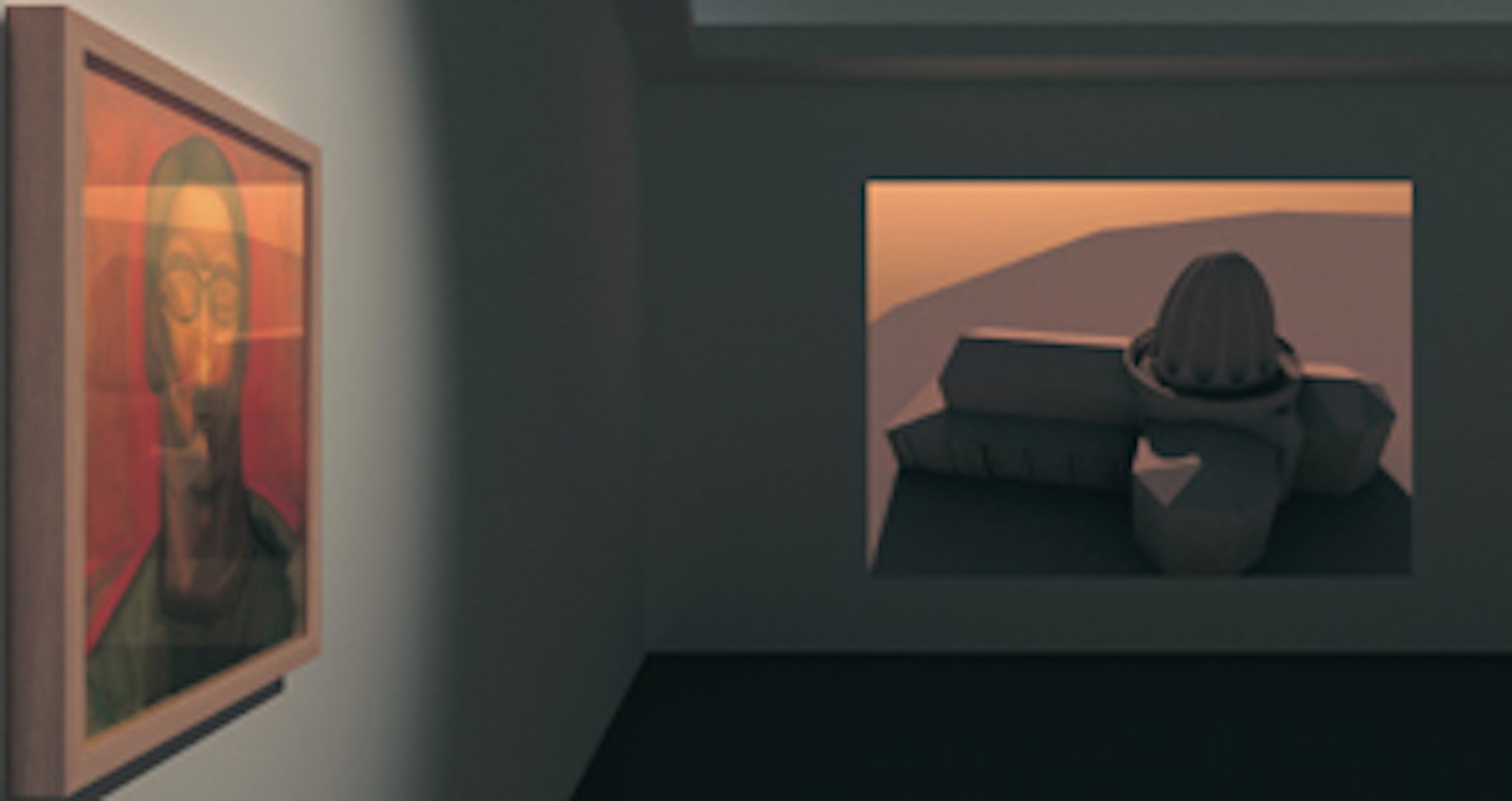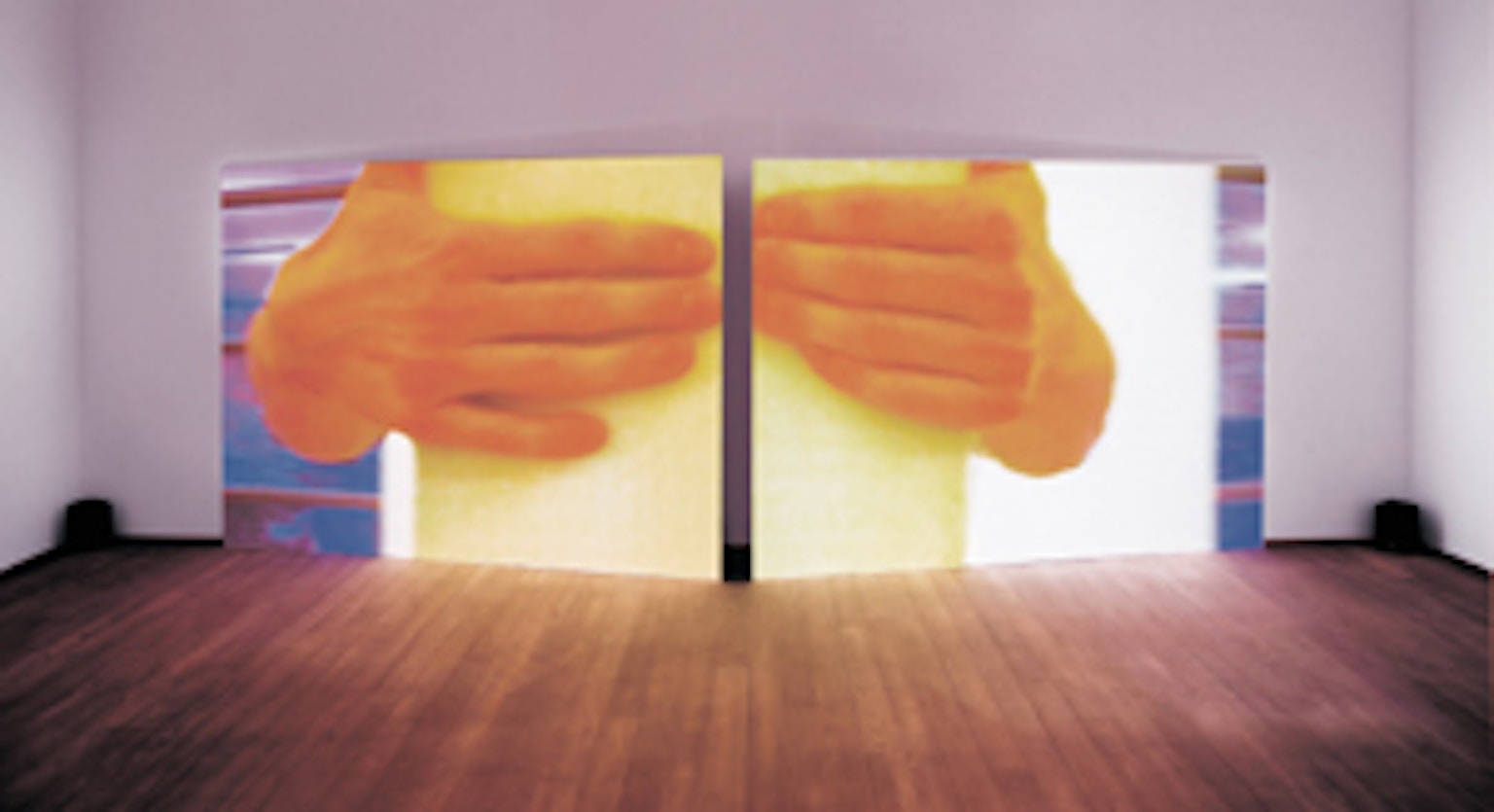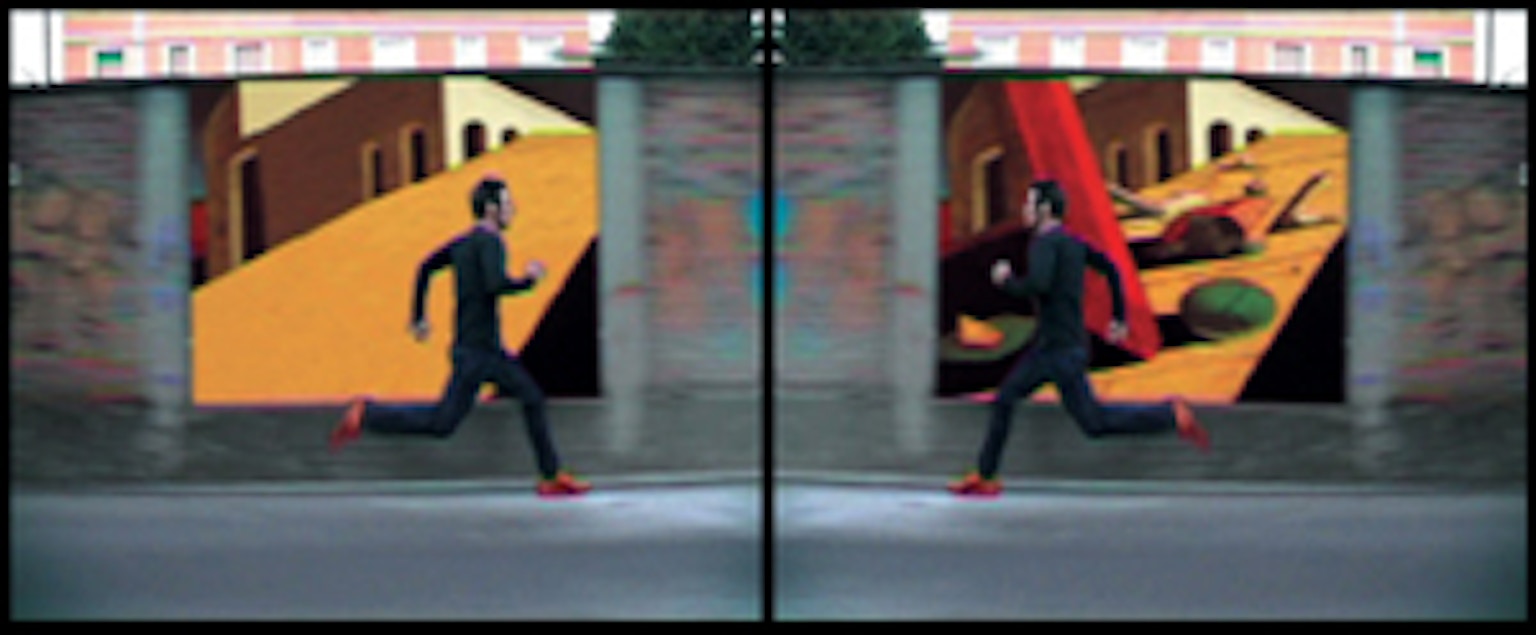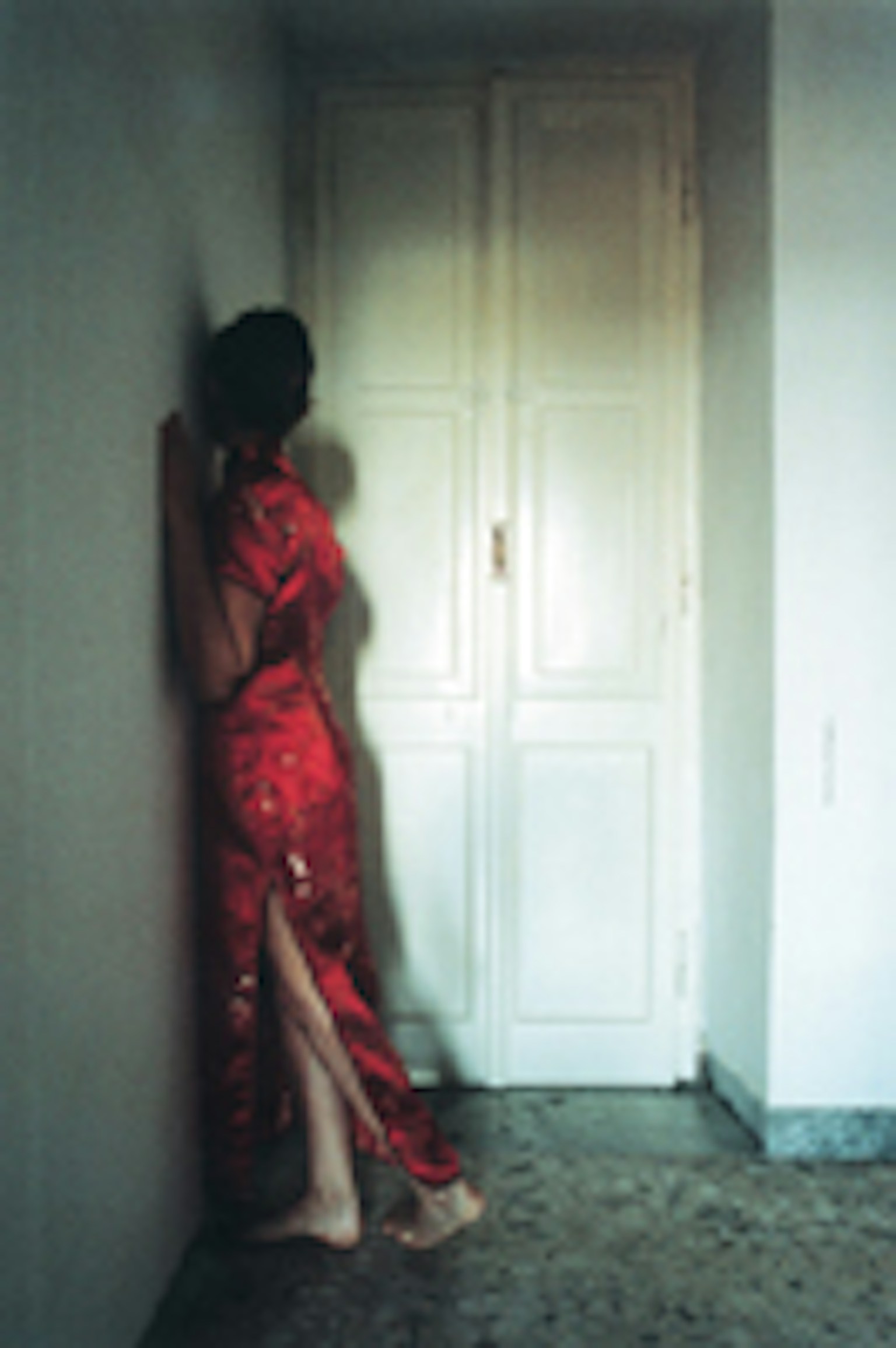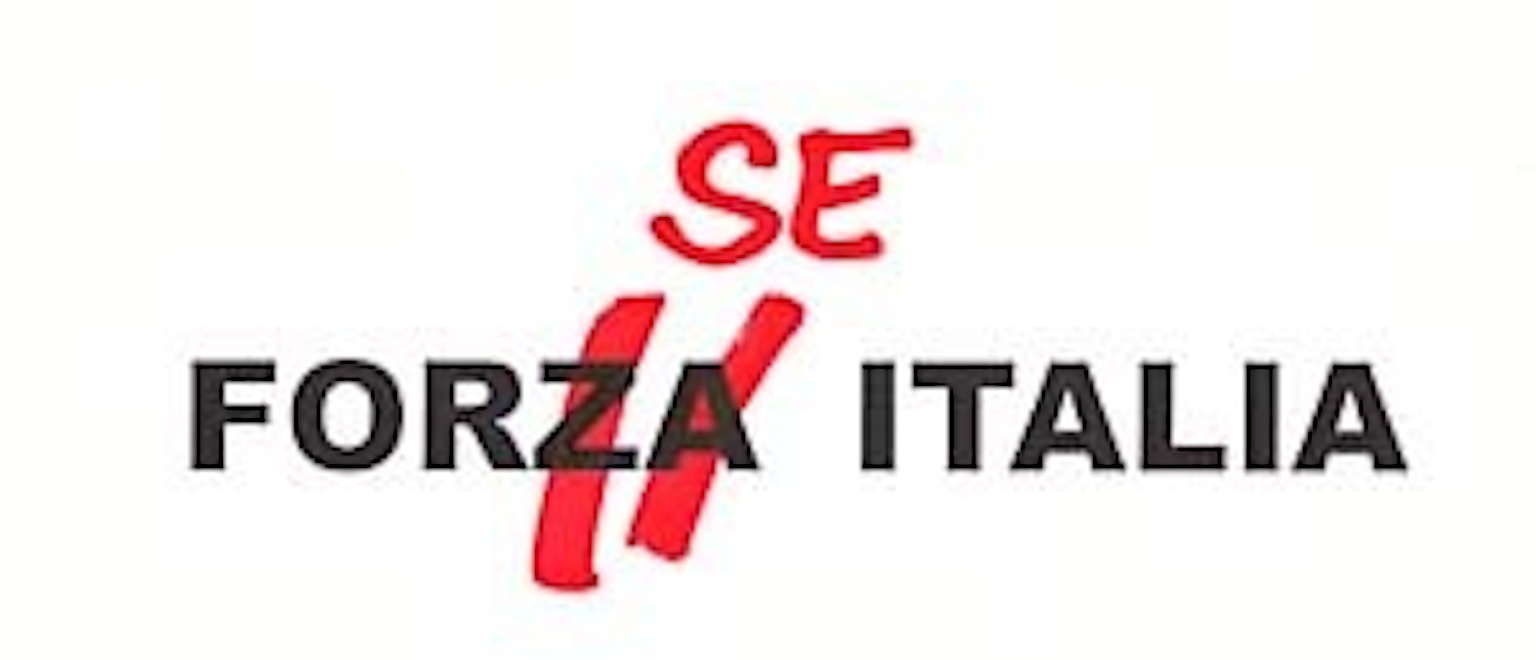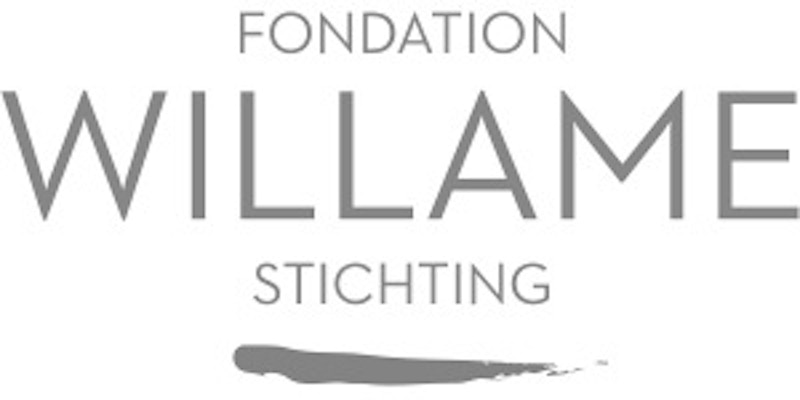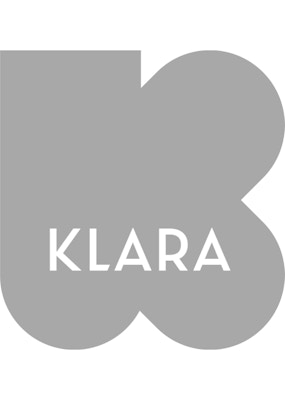Forse Italia
3.Jan.04

ARTE ALL'ARTE RINASCIMENTO NASCIMENTO. As part of Europalia’s Italy programme, the S.M.A.K. is presenting not only a major exhibition by Luigi Ontani, but is also giving several young Italian artists the opportunity to show their work in Ghent.
These artists were selected in the course of several trips to Italy, visits to studios and exhibitions, and conversations with Italian exhibition organisers. The basic principle was to show interesting artists who had never previously exhibited in Belgium. There have for a long time been good contacts between the S.M.A.K. and the Italian art world: numerous Arte Povera artists have works in the museum’s collection, last year there was a major exhibition of work by Jannis Kounellis, and a number of Italians have also taken part in such group exhibitions as Over the Edges and Casino 2001. The network of contacts that was thereby formed was the starting point for the preparation of this exhibition. Each of the seven artists was chosen because their work deals in a refreshing way with reality and adopts a unique position, which each of them has proven in their participation in projects and exhibitions (mainly in Italy). In this sense there is no all-embracing theme that unites all the artists, and one might rather call this a series of solo presentations. Each of the seven artists is given a space on the ground floor of the museum in which to show their work. Some of them will create new pieces for the exhibition. Others will show recent work displayed in a new way. Nicoletta Agostini (b. 1971) shows extremely simple and powerful images projected in the room like films. Mi Sa Di Si refers to the child’s game of plucking the petals from a flower, to determine whether one receives someone’s love or not. The image is simply of a torso against a white wall, but as it is projected into the corner of the room, the petal seems to appear on the adjacent wall. The reduction of subject and action, and the lack of almost any form of language or dialogue makes this work reminiscent of pantomime, a contemporary still-life or even a tableau vivant. The Wall, by Paolo Chiasera (b. 1978) shows the artist apparently running on the spot in front of a rapidly moving background. Images of the city, landscapes and also details of metaphysical paintings by Giorgio De Chirico flash past in alternation. Chiasera’s work examines such concepts as time and space, and physical effort as opposed to mental processes, often referring to art history. Lara Favaretto (b. 1973) finds that art should give life an added value. She achieves this by separating everyday things from their usual functions and meanings. The installation called Giving You a Day contains elements from carnival and circus and combines them in a formal idiom that appeals to the imagination. Daniele Puppi (b. 1970) projects videos in the room where she recorded them.
They always show very simple, brief actions seen frontally. The actions of the camera and performer – the artist himself – focus the attention on features of the room. A door endlessly opens and closes, a ball bounces through the room, a wall is duplicated, and they all show relationships between the body and the space. Pietro Roccasalva (b. 1970) transforms certain ideas by means of drawings, paintings, film and photography. He does not see painting as a medium, but rather a means of linking an ‘activity’ or ‘process’ into art history. His work offers a profound reflection on architecture, scale and perspective. In his life-size ‘snowballs’, Corrado Sassi (b. 1965) shows us a reflection on banal situations and hopes to involve the viewer emotionally in an engaging scene. At the opening, cliche characters such as ‘the new age traveller’ and ‘the workaholic’ will be presented in the snowballs. In parallel with his installations, Sassi also shows photos, snapshots he takes almost constantly and from which he carefully selects pictures for enlargement. Donatella Spaziani (b. 1970) takes photos of spaces and cities, always from the closed environment of a room (sometimes in a hotel). She calls them ‘photo-self-portraits’ in which she herself appears, but usually anonymously, without showing her face. They are rather to be seen as mental portraits of places. In the S.M.A.K., Spaziani puts together several series she shot in Japan, Italy, Sweden and France. This exhibition is part of the European project 'Arte all'Arte. Rinascimento-Nascimento'. Within this program, several European museums work around the relations between art, science and technology. Other partners in this project are the Museo Leonardiano in Vinci (Italy), Het Domein in Sittard (The Netherlands), the Palais de Tokyo in Paris (France) and the Arken Museum in Kopenhagen (Denmark). This exhibition is organised with the support of the Culture 2000 programme of the European Union, as part of the 'ARTE ALL'ARTE RINASCIMENTO NASCIMENTO' project. The content of this project does not necessarily reflect the position of the European Community, nor can de EC be held responsible.

